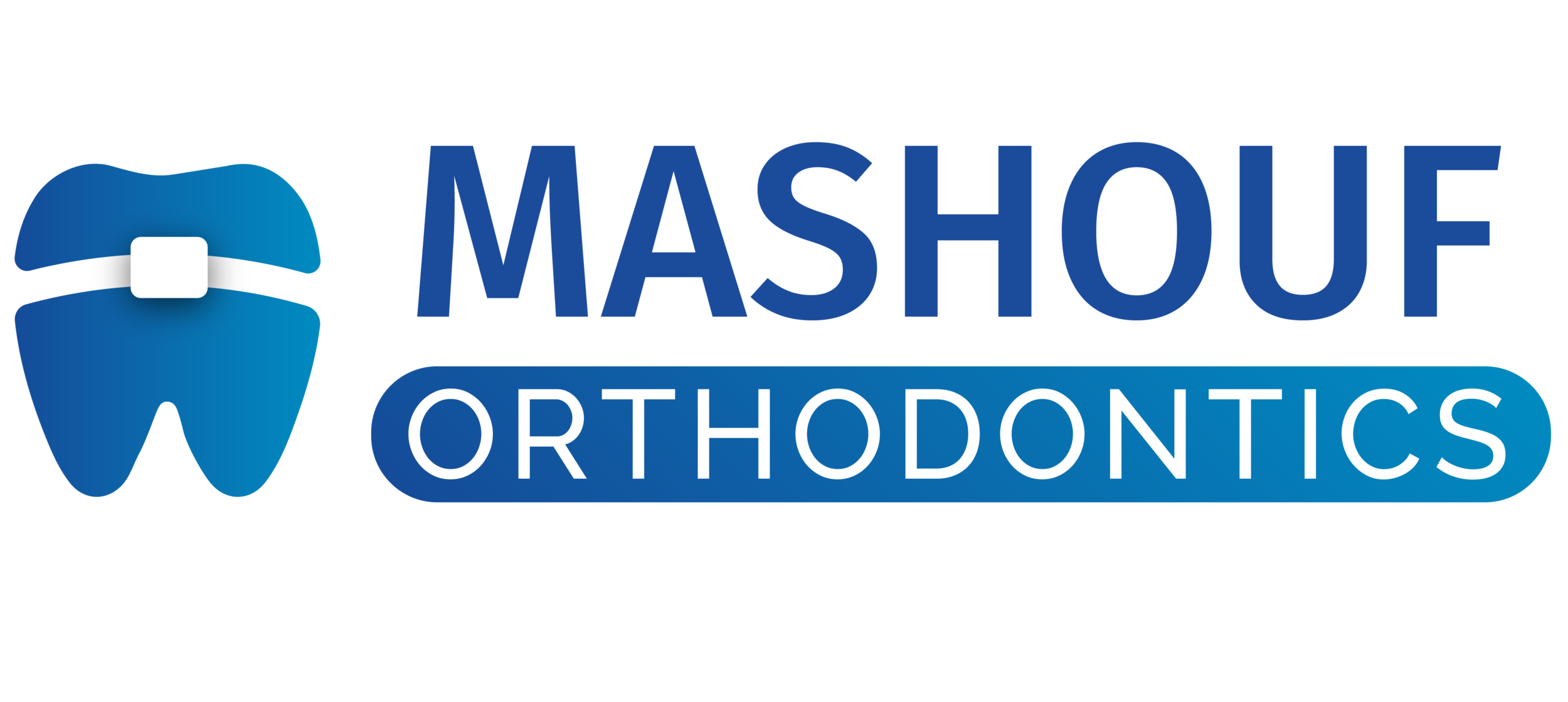Sleep Apnea
Treating Sleep Apnea for Children
Obstructive sleep apnea (OSA) is a common – and incredibly under-diagnosed – condition. Although the statistics are not yet fully reliable, it is estimated that a quarter of adults suffer from sleep apnea. What most people don’t know, though, is that OSA can also affect children. In fact, up to 10% of children suffer from some form of sleep apnea, which can negatively impact the quality of their sleep, and subsequently their development.
What is Sleep Apnea?
Obstructive sleep apnea is a disordered breathing condition that causes sufferers to cease breathing for short periods – called apneas – during sleep. Often, the cessation in breathing is caused by the throat failing to hold the airway open during sleep. These apneas may be brief enough not to wake the person, or they may cause the person to wake up. In severe cases of OSA, apneas may cause a person to wake up hundreds of times in a night without ever being aware of it, and in extreme cases, apneas may be life-threatening.
Symptoms & Effects of OSA
OSA can have a wide range of symptoms and effects depending on the patient and severity of the case. The most common symptom is snoring, and because OSA disrupts sleep, it’s also common for patients to feel chronically exhausted or not rested, even after a full night of sleep. However, in children, chronic OSA may affect healthy development, causing a wide range of other symptoms including:
• Frequent nighttime awakening
• Gasping for air during sleep
• Irritability, drowsiness, or unusual daytime behavior
• Pulmonary hypertension
• Poor academic performance
• Attention Deficit Disorder
• Behavioral Problems
• Obesity
Treating Sleep Apnea in Children
Reduced airway size is a major contributor to OSA in children, and the anatomy of the mouth – interestingly – also affects airway size. Narrowness of the jaws, which often results in a lack of space for the erupting teeth, also limits the amount of air which passes through the nose. In a child, the adaptive response to this problem is to mouth-breathe. Mouth-breathing is problematic for several reasons. First, it results in poorer quality air being inhaled; our air-filtering system is present in the nose. Second, opening the mouth to breathe during sleep decreases the size of the airway in the throat, limiting the amount of oxygen that reaches the lungs, hence, contributing to OSA in children. Increasing the airway size in children that mouth-breathe improves the ability to breathe through the nose, reducing the risk of OSA, and maintaining the innate and healthy instinct of breathing through the nose.
Treatment of OSA in adults usually involves ongoing therapies like continuous positive airway pressure (CPAP) machines. Jaw surgery is also sometimes recommended as a means of increasing the space in the nose and throat to breathe. Neither one of these options is very pleasant, although surgery at least provides a more definitive solution to the problem. In contrast, treatment of OSA in children doesn’t require the continuous aid of a CPAP machine, nor does it involve the need for surgery. At Mashouf Orthodontics, we use a maxillary expansion appliance (MEA) to reduce the risk of sleep apnea in children.
The MEA gently and gradually widens the upper jaw apart. Because the roof of a child’s mouth is in two separate pieces that don’t fuse until adolescence, this gentle pressure causes new bone to grow in roof of the mouth, safely and effectively widening the upper jaw. Since the floor of the nose adjacent to the roof of the mouth, the widening of the upper jaw actually creates more space in the nose, increasing the ability to breathe through it. This deters mouth-breathing and subsequently helps prevent the airway of the throat from collapsing during sleep. Treatment with an MEA is comfortable, effective, and spans 6 months to a year depending on the severity of the case. Redeveloping the ability of a child to breathe through the nose is another aspect of the treatment, and strategies to maintain this healthy habit are provided. For those that can also benefit from braces, treatment of OSA in children can also be simultaneously combined with orthodontic treatment
Schedule a Consultation with Your San Jose Children’s Orthodontist
If you think your child may be suffering from sleep apnea, give us the opportunity to evaluate the cause and the possibility of treatment with an expansion appliance. Just use our easy online form to schedule an appointment at our San Jose office or reach out to us at our contact page– or, if you still have questions about OSA, treatment, or our office, just call us at (408) 266-8820. We look forward to helping your child develop a healthy, beautiful smile and get back to getting a great night’s sleep – free from obstructive sleep apnea.


